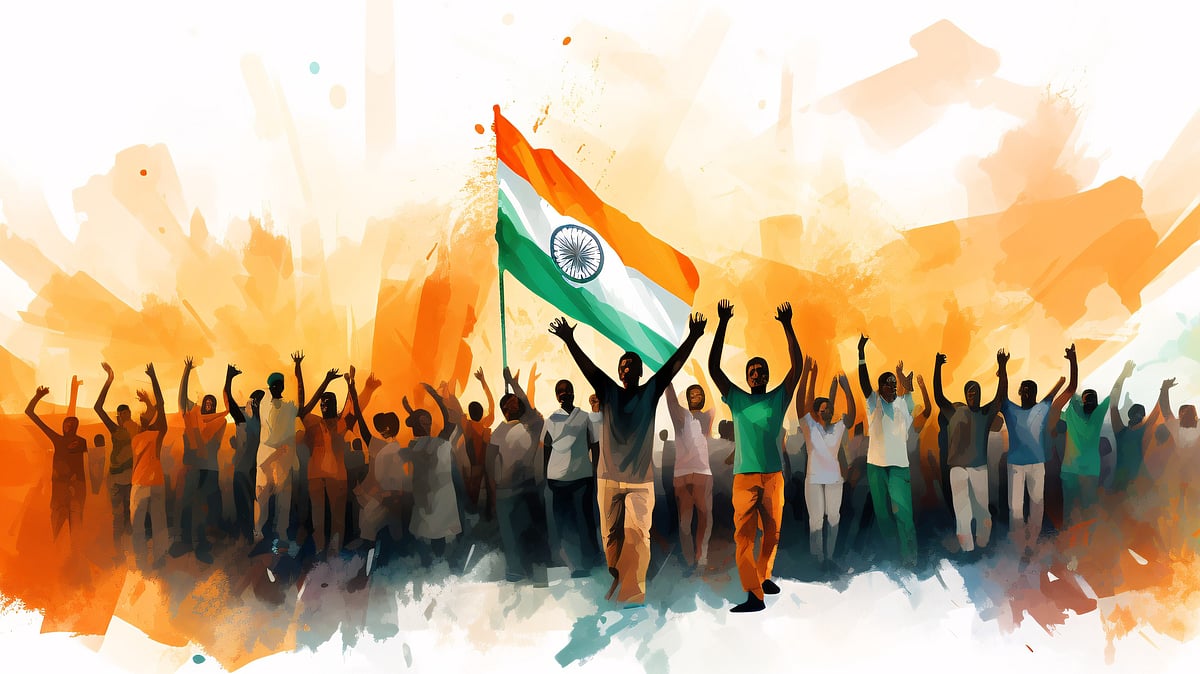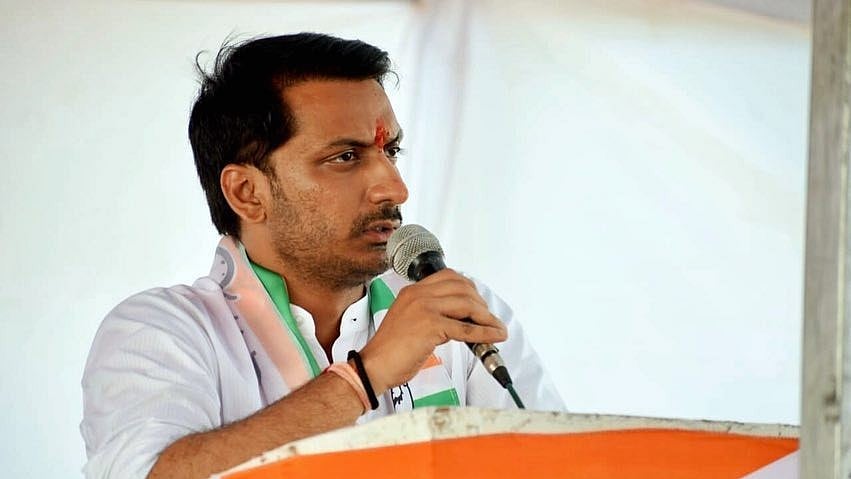Every time the Indian tricolour flutters in the wind — atop a government building, at a cricket stadium, or in the middle of a protest — it evokes a surge of emotion. For many, it’s a symbol of pride and sacrifice. But for Gen Z, growing up in a fast-changing, digital-first India, what does the flag really mean?
Surprisingly, not many know that July 22 is Indian National Flag Day — the day in 1947 when the Constituent Assembly officially adopted the national flag for independent India. Just weeks before the country’s freedom, this historic moment gave India not only a banner to rally behind but also a visual identity rooted in unity, struggle, and hope.
More than colours
The tricolour didn’t emerge overnight. It was shaped over decades of thought, resistance, and redesign. While the Ashoka Chakra eventually took the center place in 1947, first version was created by freedom fighter Pingali Venkayya in 1921. A scholar and visionary from Andhra Pradesh, Venkayya presented his design — featuring the spinning wheel — to Mahatma Gandhi at a Congress session in Vijayawada.
The Indian flag’s stripes carry layers of meaning: saffron for courage and sacrifice, white for peace and truth, and green for growth and harmony. At the center lies the navy-blue Ashoka Chakra with its 24 spokes, representing law, motion, and dharma.
While school children recite these meanings every year, the true significance of the Tiranga goes deeper. It’s emotionally charged — not just a national marker, but a moral compass. It reminds us of what was fought for and what we must continue to uphold.
Gen Z and the Flag
For Gen Z — born into an independent, globalising India — the flag is often seen through digital lenses: profile picture frames, Instagram filters, or Independence Day reels. But that doesn’t mean it lacks meaning.
Saurav Haldar, 25, a content creator, shares how the emotional bond with the flag remains strong across generations: “I feel everyone has that emotional bond with their country, and the flag is a symbol of it. When India won the World Cup, flags were being waved with pride, honour and integrity — and this has been passed on to generations. Older generations respect the flag and the sacrifices behind it, but today’s generation — our youth — wants to take that flag globally and show the world where they belong.”
This generation has grown up during national triumphs — Chandrayaan missions, Olympic wins, and more. In those moments, the Tiranga isn’t just a background image — it’s a shared emotion. It shows up on stage in school plays, flies high in protests, and unites millions during celebrations.
But Gen Z is also redefining patriotism. For many young Indians, it’s not just about waving flags or singing anthems. It’s about civic engagement, environmental activism, social justice, and calling out what’s wrong.
“Gen Z may not connect as closely with the freedom struggle, but they do see the flag as a powerful legacy. For them, it’s less about past sacrifice and more about national identity, pride, and belonging in a modern, digital India,” says Leena Sodhi, Head of Admin at Harmony Montessori, who has seen how children engage with symbols of national identity in school settings.
Pride and protest
For today’s youth, the Tiranga isn’t just a ceremonial icon — it’s also a tool for dissent, often seen at the frontlines of protest marches, vigils, and social movements.
Dhwani Gaikwad, a third-year graduate student who has previously worked with activist groups, reflects on the deeper responsibility that comes with patriotism today, “The Indian flag indeed stands as a symbol of pride as well as protest because of the history of the flag itself and what the nation has endured. However, the flag also needs to be a reminder of the sacrifice not just of the soldiers at the border but the ones that the unprivileged have to make time and time again. The notion of ‘green for harmony’ also needs to be constantly upheld. I feel that the current generation that indulges in activism redefines patriotism by acknowledging the history of the Indian flag but also looking at the contemporary issues and relating the symbolism to them — thus turning the symbolic meaning into something deeper.”
Why July 22 still matters
Indian National Flag Day may not be widely celebrated, but perhaps it should be. It’s the day India chose its identity in cloth. Some schools mark the occasion with awareness activities or flag-making contests. Others use it to revisit the history of the flag and its forgotten contributors.
It’s also a moment to reflect on the rights and duties the flag symbolises — to ask whether we are living up to the ideals stitched into its stripes.
Even the Flag Code of India, amended in 2002, allows every citizen to hoist the flag any day of the year with dignity. That right itself is a reminder: the flag belongs to the people, not just the state.
Living symbol
In a country as vast and complex as India, a single flag may seem like an oversimplification. And yet, the Tiranga somehow carries the weight of it all. From farmers and coders to athletes and artists, it unites citizens in a shared identity. As India steps into a future powered by its youth, the flag remains more than a symbol — it’s a signpost of purpose, of accountability, and of hope.
This July 22, let’s not just raise a flag. Let’s raise the conversation.
Forgotten name behind the flag
Pingali Venkayya, a freedom fighter and scholar from Andhra Pradesh, designed the first version of India’s flag in 1921. His design — featuring the charkha — was presented to Mahatma Gandhi and became the base for the Tiranga we know today.
Yet, Venkayya remains an unsung name in history. He died in 1963, with little recognition for his role in shaping a nation’s identity.
National Flag Day is a reminder to honour not just the flag — but those behind it.











